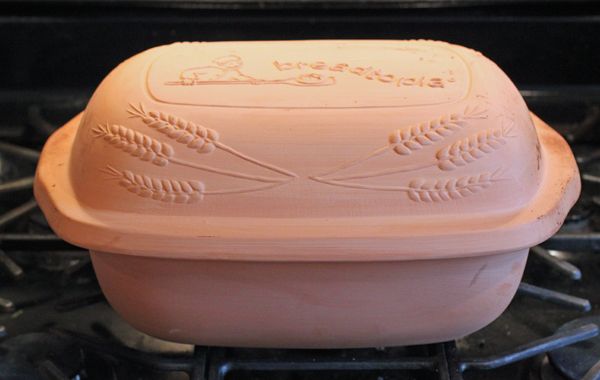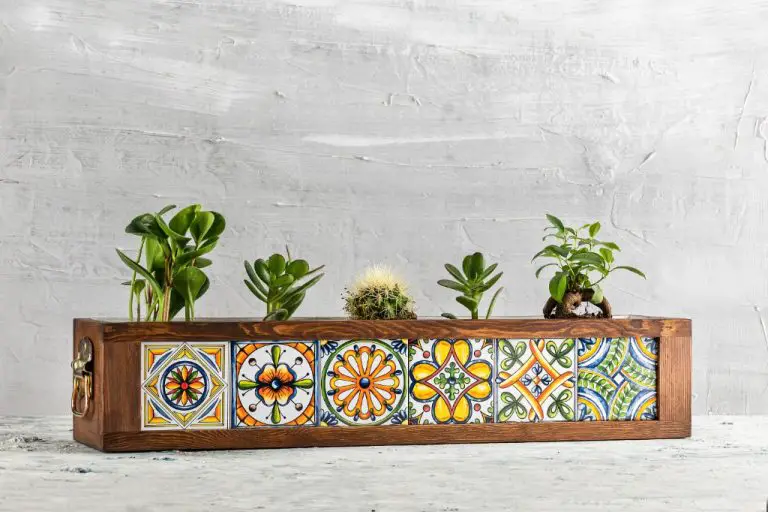What Kind Of Clay Can I Use To Make A Pipe?
Clay pipe making is an ancient and timeless craft that allows you to create functional smoking pipes or decorative artworks. With the right type of clay and proper techniques, it’s possible for both novice and experienced artists to handcraft beautiful clay pipes. The process involves choosing an appropriate clay body, hand shaping the pipe form, allowing it to dry slowly, and then firing at high temperatures to harden and finish the clay. While there are several types of ceramic clays to choose from, not all are well suited for making pipes. The characteristics of the clay must allow the pipe to be workable and malleable when wet, hold its shape as it dries, and become strong and durable after firing. Earthenware, stoneware, and porcelain clays each have properties that make them candidates for pipe making. With careful preparation, shaping, drying, and firing, you can craft functional and artistic pipes out of clay.
Types of Clay
There are three main types of clay that can be used to make smoking pipes:
Earthenware Clay
Earthenware clay is made from secondary clay deposits like lake and stream beds or glacial deposits. It’s fired at lower temperatures, usually between 1000-1200°F. Earthenware clay is quite porous when fired. It can be left unglazed for a natural reddish look or glazed for color and protection. Earthenware pipes tend to be thick-walled.
Stoneware Clay
Stoneware clay is made from primary clay deposits like granite and feldspar. It’s fired around 2200-2400°F making it less porous than earthenware. Stoneware clay can be left unglazed but is often glazed with an aluminous glaze that melts and fuses with the clay body to create a non-porous surface. Stoneware pipes have thinner walls than earthenware.
Porcelain Clay
Porcelain clay is made from kaolin clay. It’s fired at very high temperatures up to 2600°F. This makes porcelain clay non-porous and glass-like when fired. Porcelain can be left unglazed for a bright white appearance or glazed for color and extra protection. Porcelain clay is delicate but can create very fine, thin pipes.
Properties of Clay
Clay has several key properties that make it suitable for pipe making, including plasticity, strength, and porosity.
Plasticity refers to clay’s ability to be shaped and molded without cracking or crumbling. Good plasticity allows clay to be worked into the desired form. Plasticity is affected by the moisture content of the clay. The right amount of water makes the clay malleable.
Strength determines how well the finished clay pipe will hold its shape without collapsing or breaking when handled. Clay gains strength after drying and firing. Stronger clays can make thinner-walled pipes.
Porosity is the clay’s ability to absorb water. The size and number of pores affect properties like plasticity and strength. Porosity also determines how impermeable the finished clay pipe will be. Less porous clays make better pipes for transporting liquids.
Earthenware Clay
Earthenware clay is one of the most commonly used clays for making pipes. It has a firing temperature range of about 1800-2100°F. Earthenware clay tends to be very porous and permeable to water. The clay body can be red, brown, buff, orange, or terra cotta in color. When fired, earthenware clay does not become vitrified or glass-like. The low firing temperature makes earthenware clays easy to work with and excellent for hand building techniques.
Earthenware pipes tend to absorb moisture and need to be glazed to make them waterproof. The porosity also means that earthenware doesn’t hold up as well to frequent use or abrasion. However, earthenware clays are readily available and inexpensive. The lower firing temperature makes earthenware clay pipes quicker and easier to produce. Earthenware also provides a good surface for applying decorative techniques like slips, engobes, and glazes.
Stoneware Clay
Stoneware clay is fired at an even higher temperature than earthenware, typically between 2,200°F and 2,400°F. This makes stoneware less porous than earthenware. The higher firing temperature vitrifies the clay more, creating a denser material that is water-resistant. Stoneware clay can be used to create objects like crockery, mugs, pitchers, and other items where low porosity is desired.
Stoneware maintains its shape during firing better than earthenware because it vitrifies at a higher temperature. The more dense and vitrified material is also more durable for functional wares. Stoneware’s low porosity makes glazes meld better with the surface during firing. A vitreous stoneware clay body is ideal for creating pipes because it won’t absorb moisture and will withstand heat well.
Porcelain Clay
Porcelain clay is an extremely fine, white clay that becomes glass-like when fired at very high temperatures around 2,300°F. It is highly non-porous and does not absorb any water when fired, making it an ideal choice for items like dinnerware that need to hold liquids. Porcelain clay can be tricky for beginner potters to work with because its ultra refined structure makes it prone to cracking and chipping if not fired and handled properly. However, porcelain’s pure white color and translucent quality when fired make it perfect for creating delicate objects like decorative pipes and tea sets.
Clay Preparation
Proper clay preparation is crucial for making clay pipes that are strong and don’t crack. Here are the main techniques for preparing clay:
Wedging– This involves cutting the clay in half, slamming it back together, and repeating. Wedging kneads the clay to remove air pockets and make the clay body uniform. It also aligns the clay particles lengthwise, which provides strength when throwing on the wheel.
Slaking – Slaking involves adding water to dry clay powder to fully hydrate it. Make sure to add water gradually while mixing to avoid over-saturating the clay. Let the clay sit for several hours after mixing until it develops a smooth, creamy consistency.
Kneading – Once water is added to the clay, kneading helps blend the water throughout the clay body. Cut off a small lump of clay and knead it by pressing down and forward with the palms. Fold the clay over itself and repeat. Kneading blends the moisture evenly and conditions the clay.
Shaping the Pipe
There are several techniques that can be used to shape clay pipes from the prepared clay:
Using Molds
One of the easiest methods is to use a mold. Molds can be made from materials like plaster or resin, or carved out of wood. The clay can be pressed into the mold cavity to form the basic pipe shape. This allows creating consistent and uniform pipes efficiently. Any fine detailing or texturing needs to be added by hand after removing the pipe from the mold.
Coiling
With the coiling technique, rolls or coils of clay are stacked and blended together to build up the form. This is done by hand without any mold. The clay coils can be overlapped, smoothed, and shaped as desired to create the pipe bowl and stem. Coiling allows flexibility and custom designs, but requires more skill than using a mold.
Wheel Throwing
An option for more experienced clay workers is to throw the pipe on a pottery wheel. The stem and bowl can be shaped using hands as the wheel spins. This takes practice but allows forming thin-walled pipes with symmetry and smooth surfaces. The pipe pieces may need to be joined after throwing. Wheel throwing provides a high degree of control over the final form.
Drying and Firing
Once the clay pipe has been shaped, it needs to go through a slow drying process before firing. Slow drying is critical to prevent cracking and warping of the clay. The shaped pipe should be allowed to air dry for several days. Placing it in a temperature and humidity controlled environment will produce the best results.
After thorough drying, the clay pipe is ready for its first firing, known as bisque firing. This is done at a lower temperature, usually around 1100°F to 1800°F. Bisque firing further hardens the clay and prepares it for glazing. During bisque firing, most moisture is driven out of the clay body.
After bisque firing, the pipe can be glazed to make it nonporous and more visually appealing. Glazes are made from finely ground glass that melts and fuses to the bisque ware surface during a higher temperature glaze firing, usually around 2000°F to 2300°F. The glaze firing can be done in either an electric or gas kiln. Use care when applying glazes and firing to ensure they mature properly for the clay body used.
Conclusion
When deciding what type of clay to use for making a pipe, the main factors to consider are workability, durability, porosity, and firing temperature. Based on these criteria, the best clays for pipe making are generally stoneware and porcelain.
Stoneware clays are smooth, plastic, and easy to work with. They become very strong when fired to high temperatures between 2200°F-2400°F. Stoneware has low porosity, making it suitable for functional pipes that need to hold liquid without leaking. The high vitrification gives stoneware pipes strength and durability.
Porcelain clays are even more durable and impermeable than stoneware. Although porcelain can be tricky to work with, its pure white color and translucency make it ideal for decorative pipes. Porcelain must be fired at very high temperatures up to 2640°F to fully vitrify. The result is an extremely hard, non-porous material that resists staining.
While earthenware clays are easier to work with, their porosity makes them less ideal for pipes unless glazed. Ultimately, stoneware and porcelain offer the best combinations of workability, strength, and low porosity for crafting durable, functional smoking pipes.



